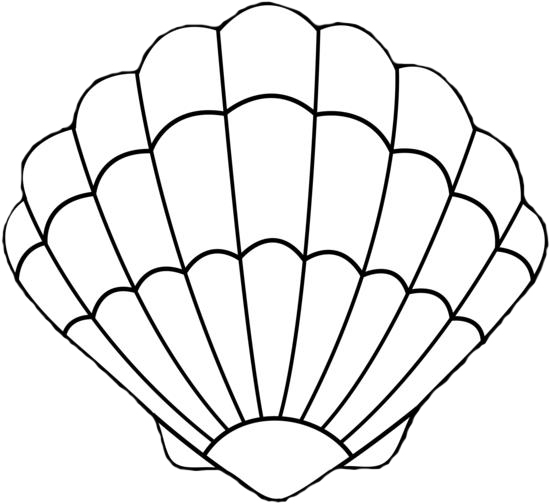Updated Apr 13, 2023
Goal: To learn about Girl Scouts in Japan, Japanese customs and celebrations.
Craft:
Indoor Zen Garden
Game:
Kaw-awase
Enjoy your unit’s usual Opening. Discuss Japan and Girl Scouts in Japan. What does your group already know about Japan?
Answers: Japan is a country of islands (called an archipelago) along the Pacific coast of East Asia. Whereas Italy is roughly shaped like a boot, Japan’s 6852 islands collectively make up the shape of a seahorse. (Refer to map). The capital city of Japan is Tokyo. Japan has an ancient history and many time honoured traditions to go along with it. In Japan there is a holiday, festival or seasonal celebration for almost every month of the year. There are many people of Japanese heritage who now live in Canada.
Girl Guides of Japan was established in 1920 and became known as Girl Scouts of Japan in 1949. Girl Scouts of Japan became full members of the World Association of Girl Guides and Girl Scouts in 1960. Guides are called Juniors. They also wear blue uniforms. Look up this link online to see what their uniforms and enrollment pin look like: http://www.girlscout.or.jp/contents/wp-content/themes/girlscout/english/documen/uniform.pdf
The Japanese Junior Girl Scout motto is “be prepared.” Their law is:
Japanese gardens, known as Zen gardens, are spaces designed for meditation and contemplation. Their origins date back to the very ancient beginnings of Japanese culture. Not a single aspect of a Japanese garden is natural or wild. On the contrary, they are highly stylized and controlled areas. Zen gardens primarily consist of cultivated rocks and sand, with lots of open space. Sand is meant to symbolize water in a Zen garden, while rocks symbolize mountains, islands or obstacles. Very few actual plantings exist and each plant that does is chosen and maintained according to specific artistic ideologies. For example, trees are trimmed in a particular way to create certain desired shapes.
Zen gardens are the inspiration for today’s craft. Miniature sand gardens are decorative and they also release stress as you "play in the sand" and create designs. Raking patterns in the sand around the stones is a peaceful activity; it relaxes the “gardener” by eliminating other thoughts from his or her mind.

Printout of the shell for the Kai-awase craft. Cut it out and draw a picture on the "inside" of the shell.
Kai-awase is very similar to our game of Concentration. "Kai" means "shell" and "awase" translates to "joining" or "matching." It has been played by nobles in Japan since the 12th century. A full, traditional kai-awase set contains 360 pairs of shells. The 720 individual shells all look the same on the outside, but on the inside there are beautiful hand painted images.
See how many traditional Japanese foods your group can name. What type of utensil was traditionally used for eating?
Answers: Sticky rice, tempura, sushi, fish and seafood, pickled/salted vegetables, udon and soba noodles, nori (seaweed), miso soup, green tea and sake are just a few examples of traditional Japanese cuisine.
Chopsticks are the traditional Japanese eating utensil
Option One: Serve dry roasted edamamne beans and/ or mixed Japanese rice crackers, available anywhere mixed nuts are sold. They have an addicting taste and crunch.
Option Two: If there is a kitchen available, make “Kashiwa Mochi” (rice flour cakes.) They are traditionally served on Children’s Day in Japan. Children’s Day is a national holiday celebrated on May 5th (the fifth day of the fifth month of the year). Rice flour cakes are a sweet and sticky treat, perfect for children!
Makes 8 portions
Ingredients:
1 can of azuki beans (sweet red beans)
1 ½ cups of mochi or shiratamako rice flour (sweet rice flour) -substitute regular rice flour if
sweet is unavailable and add granulated white sugar
1 ¼ cup of water
Directions:
Place the bean paste in the centre of the dough ball, then wrap the dough over and create a tight seal.
Congratulate the group on learning about culture, holiday festivals and Girl Scouts in Japan. Enjoy your regular Closing.
Right click the image and select "Save Image As" to download the picture.